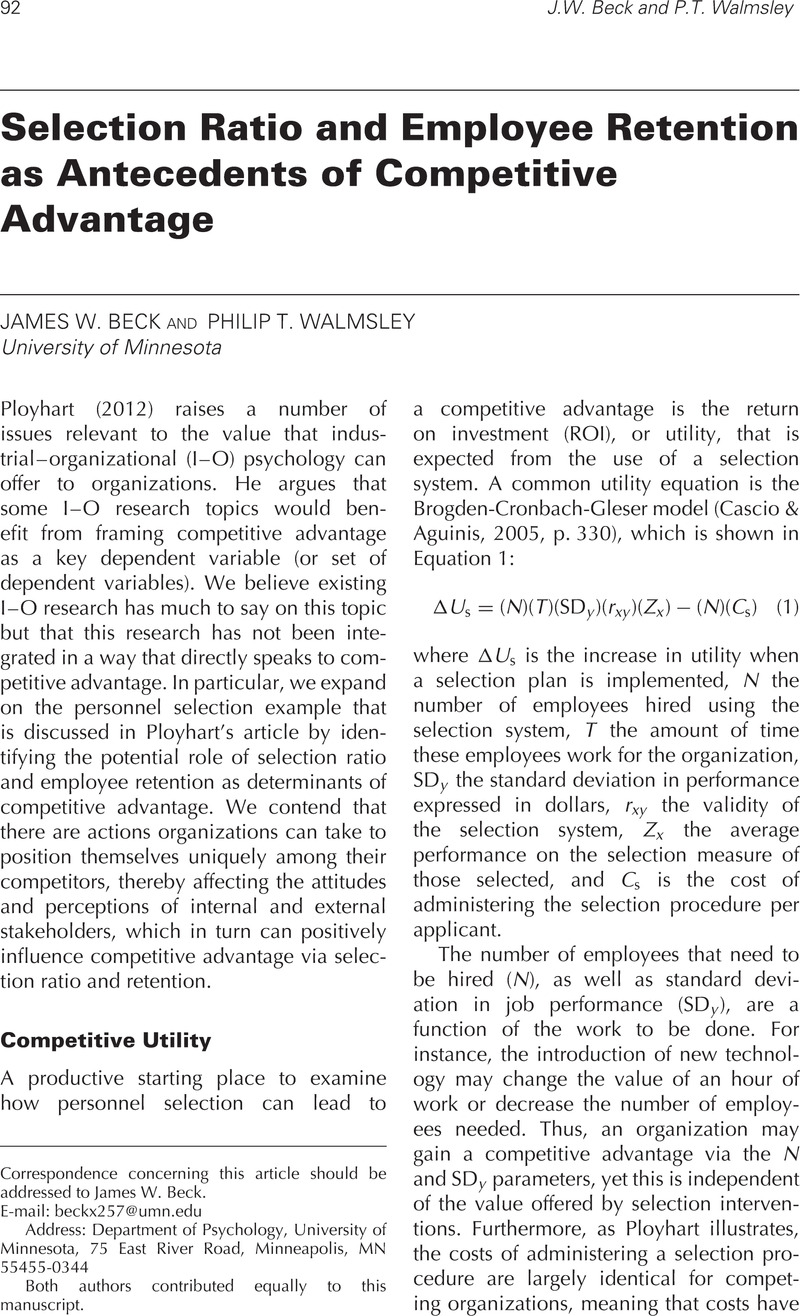Crossref Citations
This article has been cited by the following publications. This list is generated based on data provided by Crossref.
Ployhart, Robert E.
2012.
From Possible to Probable: The Psychology of Competitive Advantage.
Industrial and Organizational Psychology,
Vol. 5,
Issue. 1,
p.
120.
Chalikias, Miltiadis
Kyriakopoulos, Grigorios
Skordoulis, Michalis
and
Koniordos, Michalis
2014.
Knowledge-Based Software Engineering.
Vol. 466,
Issue. ,
p.
505.





